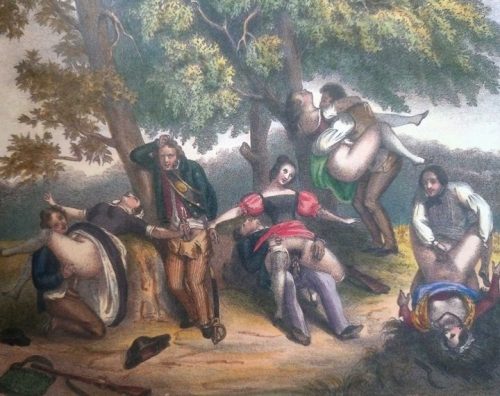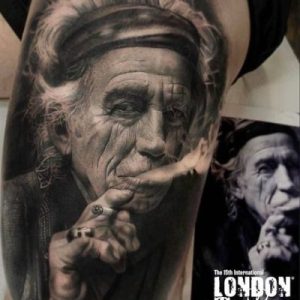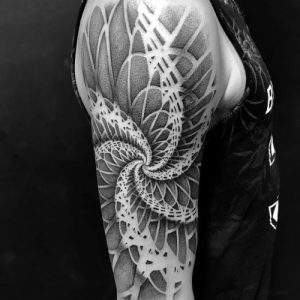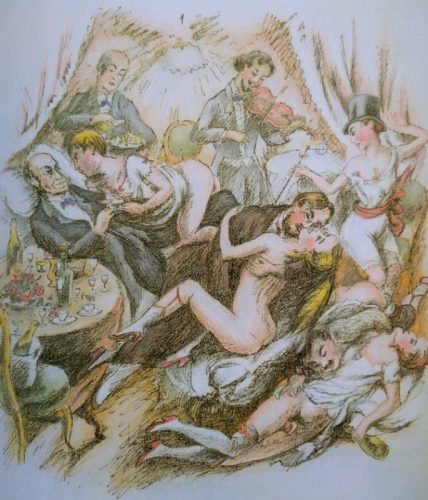
Religious iconography has played a profound and enduring role in the history of art. For centuries, artists have used their creative talents to depict religious themes, stories, and figures, producing an extensive body of work that reflects the evolving cultural, spiritual, and artistic landscape of their times. In this article, we will embark on a visual journey through 136 significant artworks spanning various eras and cultures, shedding light on how religious iconography has evolved and adapted over the centuries.
I. Early Christian Iconography
Our journey begins in the early days of Christianity, where religious art was a powerful means of conveying faith and spreading the gospel. Iconic works like “The Catacomb of Callixtus” (3rd century) and “The Good Shepherd” (4th century) exemplify the simplicity and symbolic nature of early Christian art. These pieces often portrayed biblical scenes and figures in a stylized manner, reflecting the spiritual essence of the faith.
II. Byzantine Brilliance
The Byzantine Empire saw the rise of a distinct style of religious iconography characterized by its use of gold backgrounds, rich colors, and elongated figures. Iconic works like “Christ Pantocrator” (6th century) and “Theotokos of Vladimir” (12th century) showcase the Byzantine emphasis on divine majesty and religious devotion. These artworks became central in Byzantine religious practices and continue to inspire religious art today.
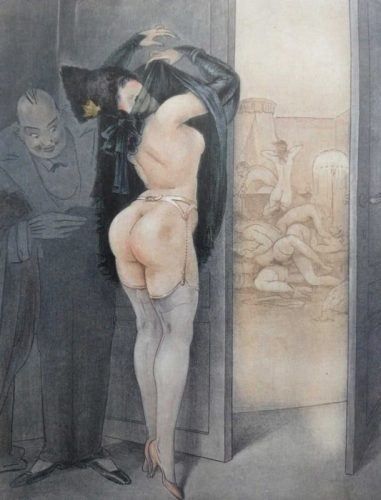
III. The Renaissance Rebirth
The Renaissance marked a pivotal shift in religious art, with artists like Leonardo da Vinci, Michelangelo, and Raphael reimagining religious subjects with newfound realism and depth. “The Last Supper” (1498) and “The Creation of Adam” (1512) exemplify the Renaissance fascination with the human form and the divine. These masterpieces set the stage for a new era of religious iconography that combined classical aesthetics with spiritual themes.
IV. Baroque Drama
The Baroque period introduced a dramatic and emotionally charged style to religious art. Caravaggio’s “The Calling of Saint Matthew” (1599-1600) and Bernini’s “The Ecstasy of Saint Teresa” (1647-1652) are prime examples of the Baroque’s theatrical use of light, color, and movement to convey religious narratives with unprecedented intensity. This period saw a fusion of art and spirituality that left an indelible mark on the history of religious iconography.
V. Enlightenment and Beyond
The Enlightenment era brought about a shift in the perception of religion and its depiction in art. Artists like Jacques-Louis David and Francisco Goya explored themes of reason and skepticism in their works, challenging traditional religious iconography. “The Death of Sardanapalus” (1827) and “The Third of May 1808” (1814) reflect the changing landscape of religious art in the wake of Enlightenment ideals.
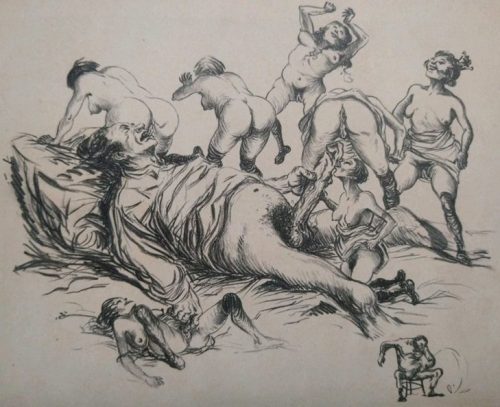
VI. Modern and Contemporary Perspectives
In the modern and contemporary periods, artists have continued to grapple with religious iconography in innovative ways. From Salvador Dalí’s surrealistic “Christ of Saint John of the Cross” (1951) to Chris Ofili’s controversial “The Holy Virgin Mary” (1996), religious art has evolved to reflect the complexities of belief, doubt, and cultural diversity in the modern world.
The evolution of religious iconography in art is a testament to the enduring power of faith and its expression through visual storytelling. From the simple and symbolic depictions of early Christianity to the grandeur of the Renaissance, the drama of the Baroque, and the complexities of the modern era, religious art has continually adapted to reflect the ever-changing spiritual and cultural landscape.
As we’ve explored 136 significant works from various periods, it becomes clear that religious iconography remains a vital and dynamic force in the world of art. These artworks not only tell the stories of faith but also mirror the evolution of human thought, society, and creativity over the centuries. The study of these works offers us not only a glimpse into the past but also a deeper understanding of the profound connection between art and spirituality.
